Imagine driving on a hot Philippine day when a warning light flashes on the dashboard. Your car is struggling, and the temperature gauge spikes quickly to the red zone. This indicates you have an overheated engine, which requires fast attention. Getting quick roadside assistance becomes very important when this happens on a busy highway. An overheated engine means your car’s cooling system is not controlling the motor’s temperature well. Without proper heat control, the motor’s metal parts can suffer permanent damage. Recognizing this problem early helps prevent costly damage to your vehicle.
Why Does Your Car Overheat in the Philippines?
The Coolant Problem: Low Levels and Leaks
The most common cause is a low level of coolant in your cooling system. Coolant is a special fluid designed to absorb heat from the running engine. If a hose or the radiator has a leak, this valuable fluid escapes onto the road. When the coolant level drops too low, the system cannot absorb the heat that the engine creates. This lack of fluid is why your temperature gauge quickly jumps toward the hot zone. You should regularly check your coolant reservoir before driving.
Cooling System Failures: Pump, Fan, and Thermostat
The cooling system relies on various parts working together to keep the motor cool. A broken water pump cannot move the coolant from the engine to the radiator for cooling. The radiator fan also helps to pull cool air through the radiator when your car is stuck in traffic. If the electric fan motor is broken, your car will quickly overheat while idling. A broken thermostat stops the coolant from flowing into the engine when the temperature rises too much. Component failures like these can make your car overheat even if the coolant is full.
Radiator and Oil Issues
A radiator can become blocked by debris, which restricts the airflow needed for cooling. Dirt and grime on the outside of the radiator fins reduce its ability to release heat into the air. Also, old or low engine oil can increase the friction inside your motor. Oil helps lubricate the moving parts and controls a large amount of the internal heat. If the oil level is too low, the engine temperature rises quickly and adds stress to the cooling system. Long uphill climbs can also make the engine work harder than usual.
The Traffic and Climate Factor
Heavy traffic and the intense tropical heat in the Philippines increase the workload on your car. When you drive slowly in traffic, the natural flow of air over the radiator is very low. This means the cooling system must work much harder to keep the engine temperature within a safe range. If your system has an existing small problem, the hot and slow conditions will cause it to overheat quickly.
How to Deal with an Overheated Engine on the Road
Immediate Steps to Reduce Engine Heat
The very first step is to turn off your car’s air conditioner immediately. Turning off the A/C significantly reduces the mechanical load on your running engine. Next, you should turn your car’s heater to the highest possible setting. This action may feel hot inside the cabin, but it pulls heat away from the motor. Using the heater gives the engine a temporary and immediate cooling effect.
Safely Stopping and Securing Your Vehicle
Pull your vehicle to a safe spot away from moving traffic as quickly as you can. Turn off your engine immediately once you have safely parked at the roadside. If you are on a major highway, use the designated emergency shoulder or a proper lay-by area. Set up your early warning device or hazard triangle at the right distance. This device is important for alerting other drivers that your car has stalled and helps prevent a possible collision.
The Cooling and Inspection Protocol
Wait at least 20 to 30 minutes before you attempt to open the hood of your car. The boiling pressure and spewing steam from a hot radiator can cause severe burns on your skin. After the engine has cooled down, you can carefully open the hood for a visual inspection. Never remove or open the radiator cap when the engine is still hot or even warm to the touch. You can check the coolant overflow reservoir to see its level. If the reservoir is empty, add clean water or coolant as a temporary fix to the system. Look for any obvious signs of leaks, such as cracks in the rubber coolant hoses. If you see fluid leaking, do not drive the car again; you need help from a professional mechanic.
When to Call for Roadside Assistance
Using Your Insurance Provider’s Service
Many comprehensive car insurance policies in the Philippines already include free or discounted roadside assistance services. These services often cover minor on-the-spot repairs, towing to the nearest repair shop, or jumpstarting a dead battery. Check your policy documents right away or call your insurance agent for help and confirmation. Having your policy number and exact location ready will speed up the process of receiving help.
Utilizing Government and Emergency Hotlines
For matters of traffic safety and control, you can call government agencies for immediate help. The Metropolitan Manila Development Authority (MMDA) has a dedicated hotline for roadside emergencies. Expressway operators, like those for NLEX, SLEX, or Skyway, also have their own patrol and towing services. It is a good practice to save these necessary emergency numbers in your mobile phone before starting any long journey. These operators can help secure your location and dispatch a tow truck when necessary.
Key Takeaway
A sudden engine overheating incident on busy Philippine roads can certainly cause alarm for any driver. Taking immediate and smart action can protect your motor from suffering major damage. You protect yourself and your vehicle by following the correct steps to safely stop and cool your car down. The most reliable way to handle serious mechanical failures is through prompt and professional roadside assistance. Remember to have your emergency contact information ready and always drive safely.

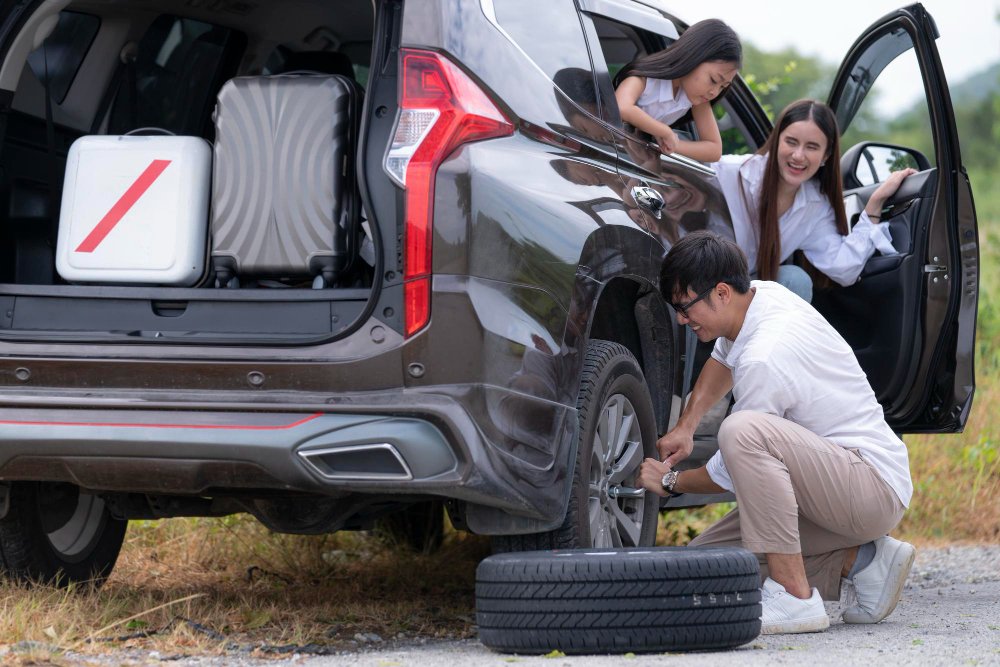

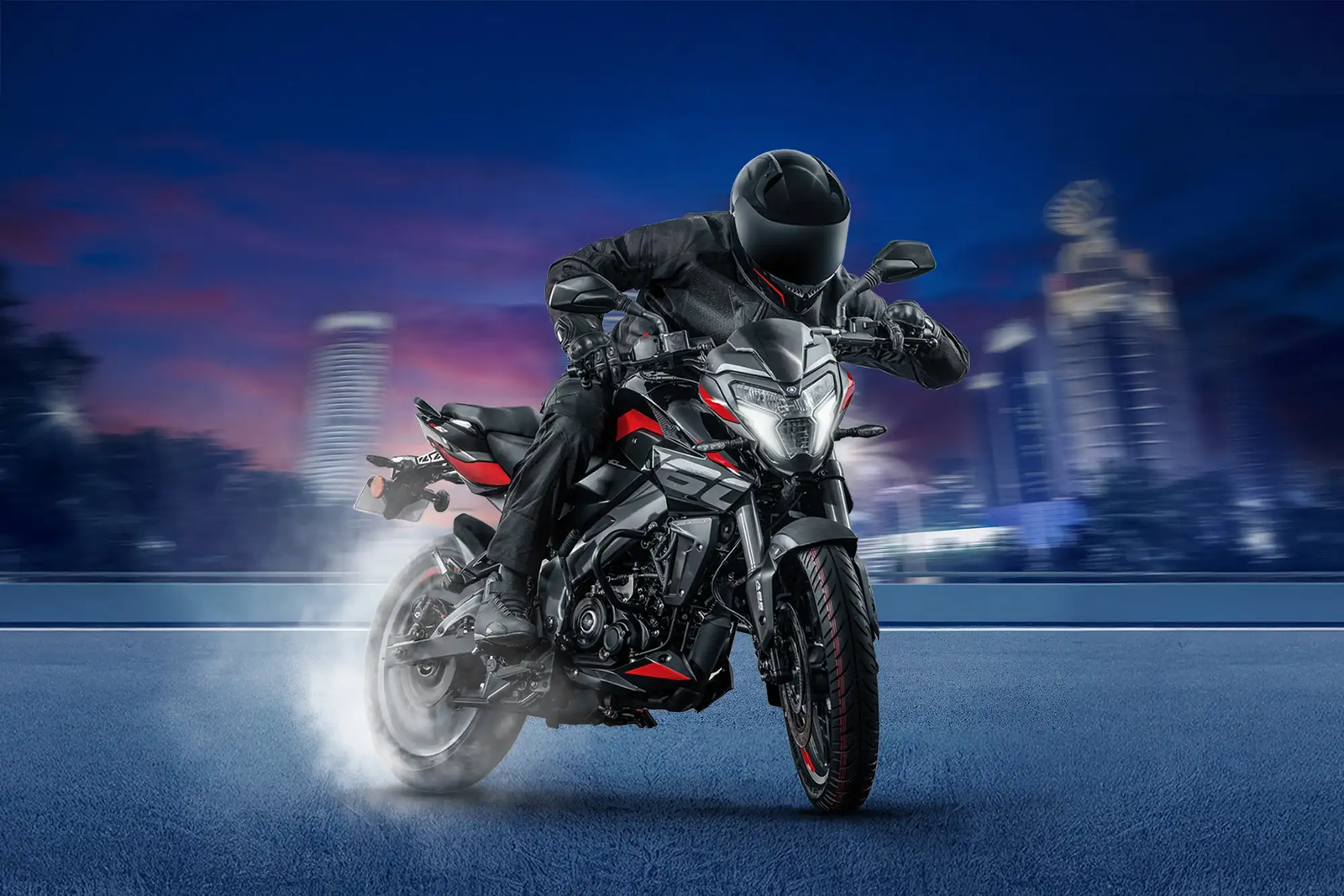



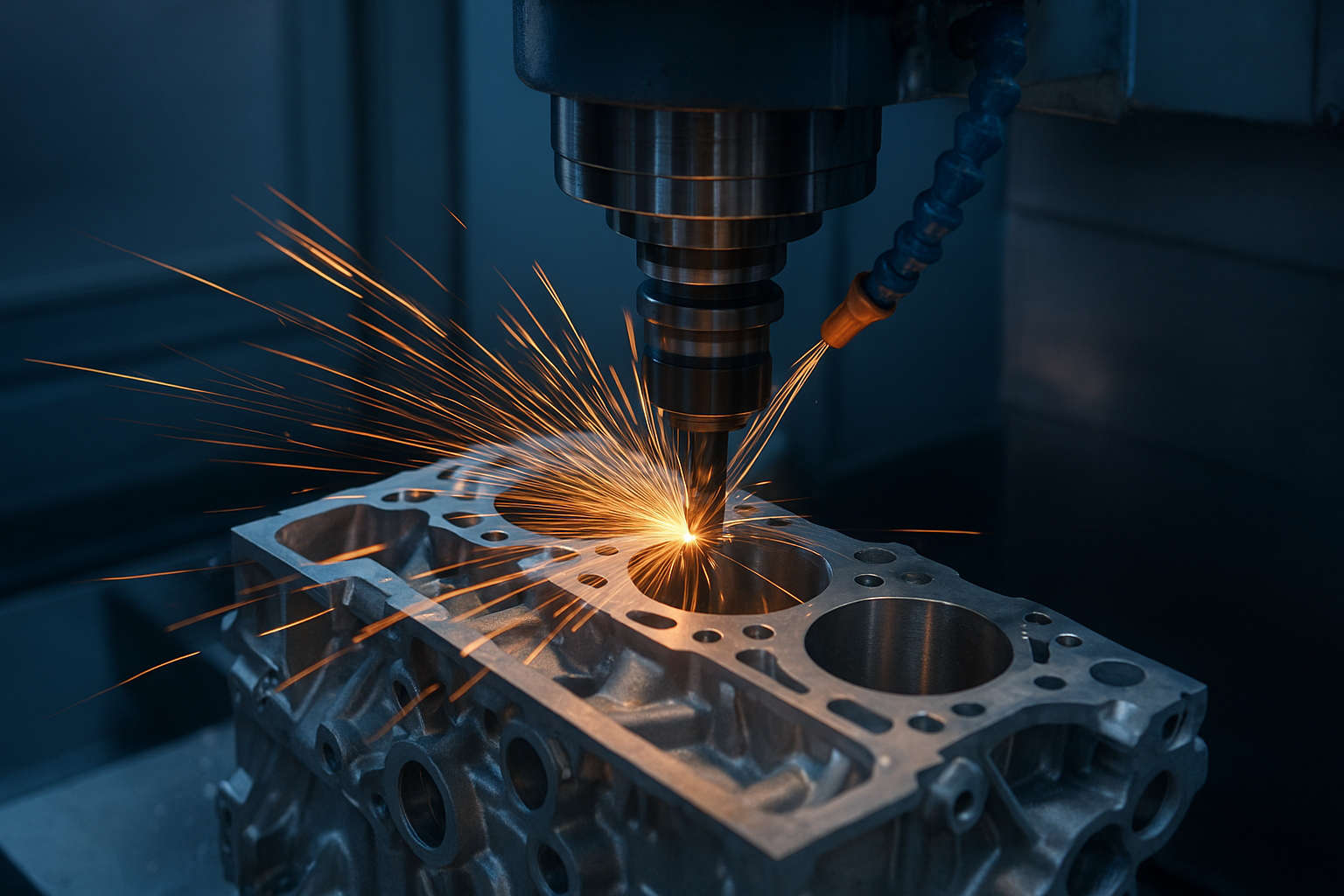
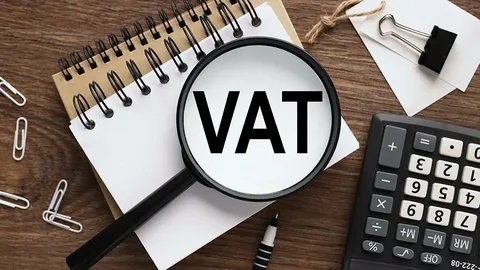


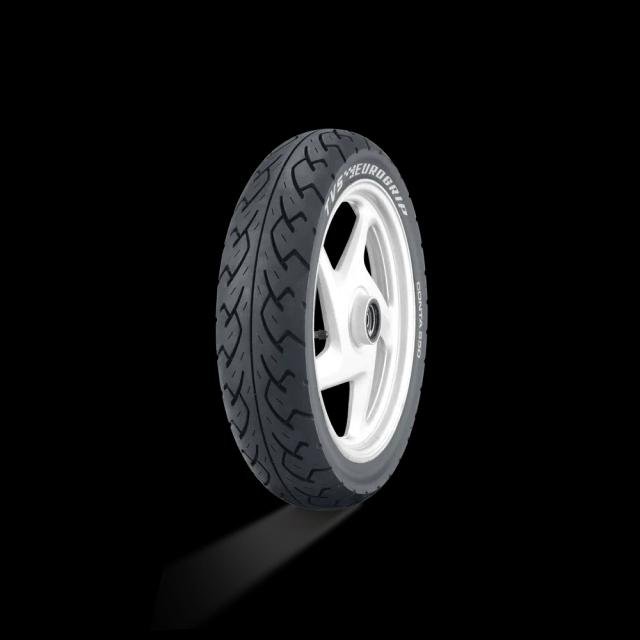




Leave a Reply